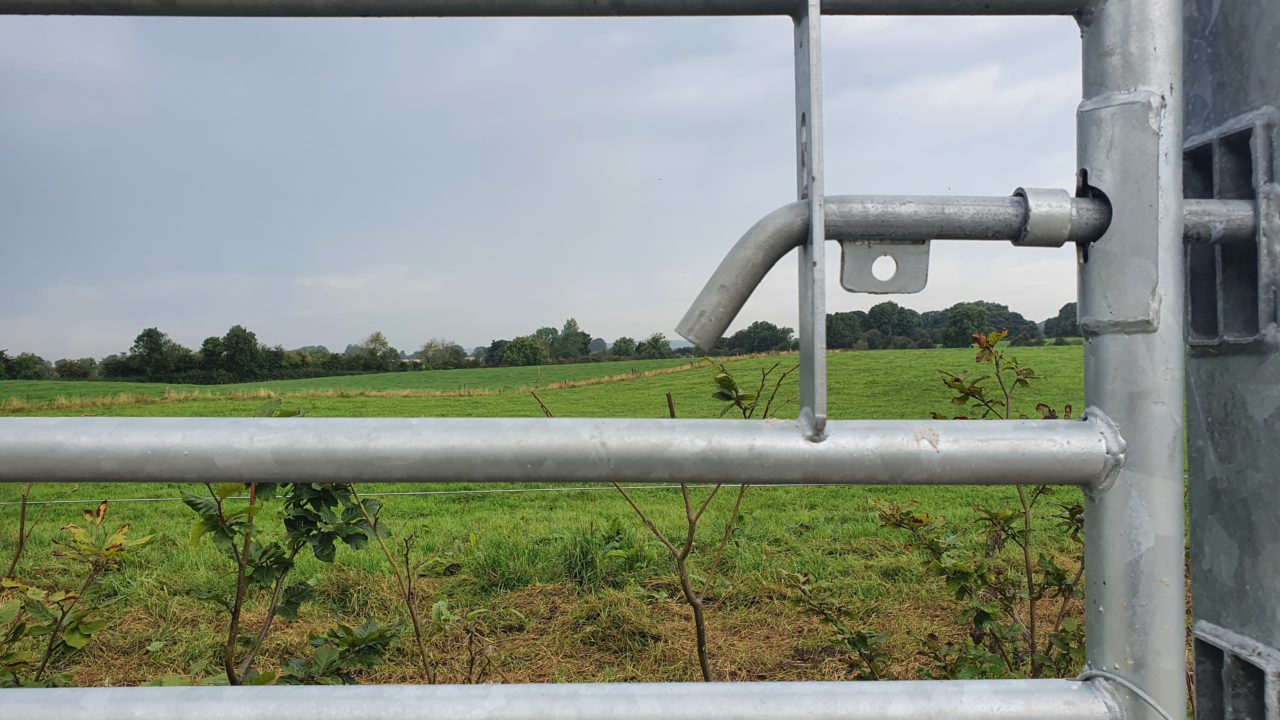An Oireachtas committee has unanimously agreed that genuine farmers should be exempted from the Residential Zoned Land Tax (RZLT), according to the Irish Farmers’ Association (IFA).
An IFA delegation led by the association’s president, Tim Cullinan, addressed the Oireachtas Select Committee on Budgetary Oversight last night (Wednesday, November 23) on the issue.
The IFA president said that no liability should accrue to farmers who wish to continue farming on privately-owned land.
Zoned land tax
Cullinan told the committee that the tax, as it currently stands, is “simply a land grab exercise” which will create economically unviable operations and distort the agricultural land market due to forced land sales.
“Farmers right across the country are deeply concerned about the impact of this penal tax.
“With political will, legislation can be changed to address this inequitable situation. We will continue to lobby and engage with government as a matter of priority,” he said.

IFA Farm Business Committee chair, Rose Mary McDonagh added that there are many aspects of the tax that are “completely unjust and unfair on farmers”.
“Firstly, there is no requirement on local authorities to directly engage with land owners of their liability. This must change. There is no account taken of actual commercial demand at a local level. This must also change.
“Ultimately farm land, as it was the case for the Vacant Site Levy, must be exempt entirely. Imposing this disproportionate tax rate relative to the income yield potential for many farmers is simply unsustainable,” she said.
The Residential Zoned Land Tax (RZLT) will apply to land zoned for residential use and serviced on, or before January, 1 2022.
The tax will apply to the relevant land at a rate of 3% of its market value from 2024.
The purpose of the measure is to activate land for residential development throughout the country.
Local authorities across the country have published draft maps identifying land that is within the scope of the tax.
Landowners whose land is included on a draft map are being asked to review the map for their area to consider if their land meets the criteria for inclusion, and make a submission to their local authorities accordingly.
